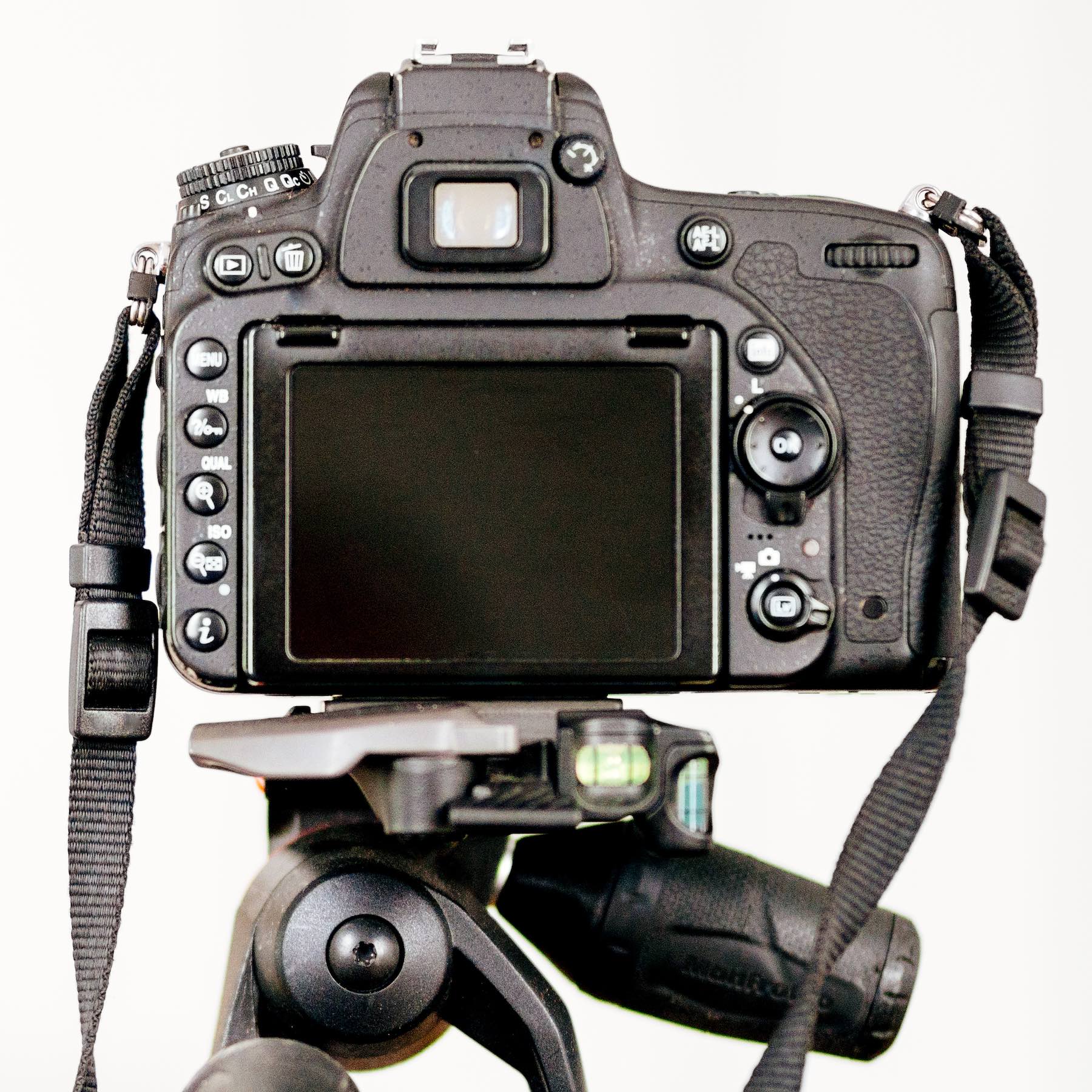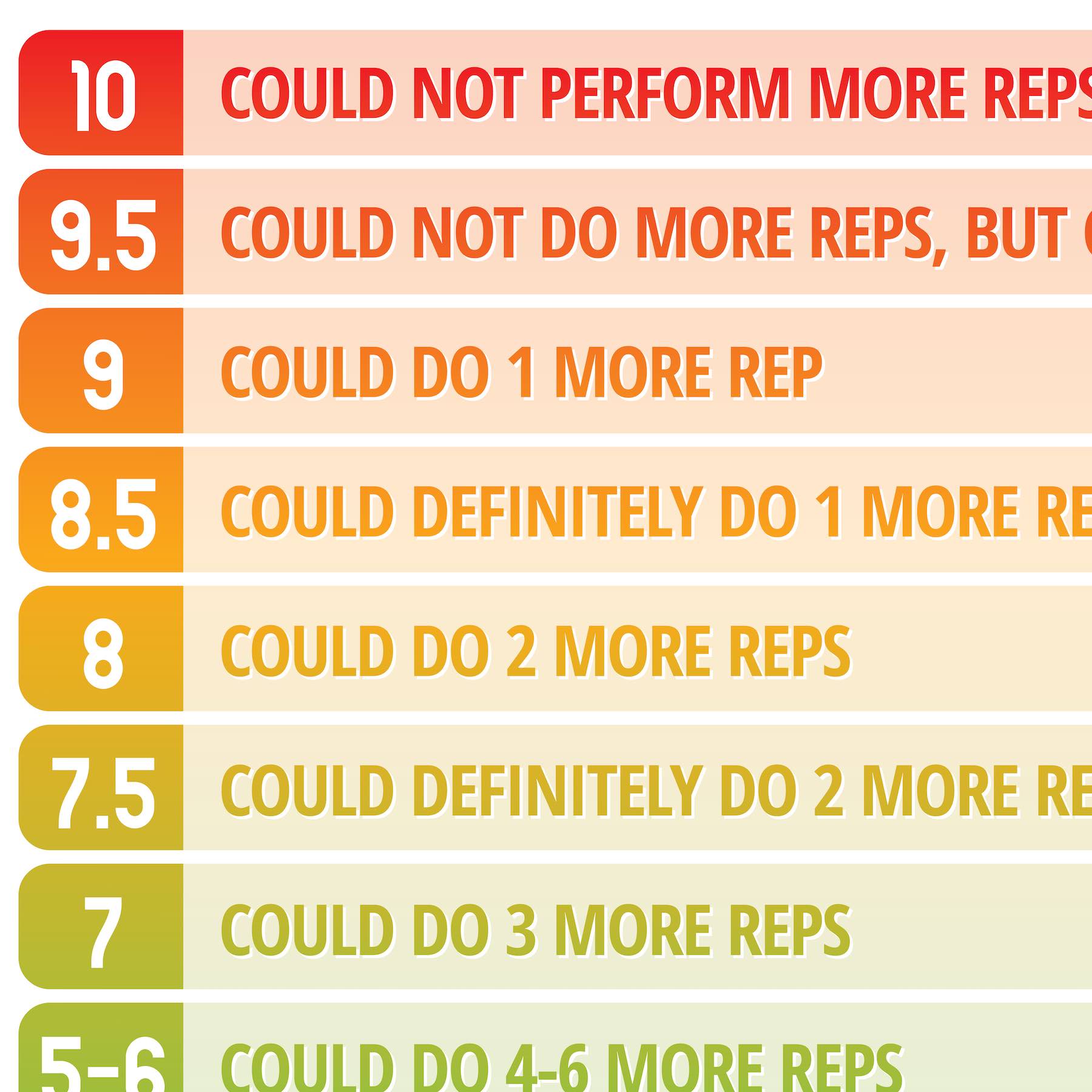Coaching Tips
Unlock the secrets to achieving your fitness goals with our essential practices and routines that will pave the road to success. Dive deeper into topics like measuring food, at-home gym equipment, rate of perceived exertion (RPE), taking body measurements, and capturing progress photos.
Discover the art of measuring food portions accurately to maintain a healthy diet and achieve your desired outcomes. Our expert guidance will show you how to utilize measuring cups, food scales, and visual portion control aids to ensure you're on track with your calorie intake.
Maximize your workout potential with our at-home gym equipment recommendations. Time is precious, and we'll help you make the most of it by suggesting versatile tools such as resistance bands, dumbbells, stability balls, or even simple bodyweight exercises that deliver incredible results.
Unlock the power of the rate of perceived exertion (RPE) to fine-tune your workouts. By harnessing your own subjective perception, you'll be able to exercise safely and effectively, pushing your limits and achieving new heights.
Step beyond the scale and embrace the transformative potential of accurate body measurements. Our guidance will empower you to track progress beyond weight loss or gain. Measure your waist, hips, and limbs consistently to assess changes in body composition and celebrate those non-scale victories.
Capture your journey and witness your own incredible transformation with progress photos. Stay motivated and encouraged by regularly taking standardized photos under similar conditions and poses. Watch as the visual evidence reveals changes that may not be immediately apparent, fueling your motivation to reach new milestones.
Embrace these powerful techniques and unlock your fitness potential. Elevate your journey with our expert coaching tips and experience the remarkable difference they make in your pursuit of wellness.
Easy Ways to Measure & Track Your Food
There are simple and easy ways to measure food, from using your hand to using a scale. Use your hand to estimate portion sizes. The size of your palm is a good estimate for 3-4 ounces of protein, like meat, fish, poultry, and tofu. A cupped hand is equivalent to about ½ cup, perfect for measuring carbs, like grains, starches, and fruits. Use a kitchen scale to measure wet and dry ingredients. This is the most accurate way to measure food, but it can be more time-consuming.
Effective & Affordable at Home Equipment
There are a number of great options available for effective and affordable at home gym equipment. From simple dumbbells and resistance bands to more complex machines. If you're looking for a way to get fit and healthy without breaking the bank, then effective and affordable home equipment is a great option for you.
How To Take Body Measurements
Body measurements are more than just a number on the scale. They can help you track your fitness progress in a more comprehensive way. When you take body measurements, you're not just measuring your weight. You're also measuring your muscle mass, body fat percentage, and overall fitness level. This information can help you identify areas where you need to focus your efforts and track your progress over time.
How To Take Progress Photos
Are you tired of taking progress photos that don't show your progress? With this guide, you'll learn how to take progress photos that are consistent, accurate, and inspiring. The key is to keep your lighting and setting as consistent as possible from week to week. This will help you see the changes that are happening with your body over time. Of course, it's not always easy to do this, especially if you travel often. But if you can, set up a dedicated space in your home where you can take your progress photos. This will help you stay consistent and motivated.
What is "Rate of Perceived Exertion?"
RPE is a subjective measure of how hard you feel you're working during exercise. It's a 1-to-10 scale, with 1 being "very, very light" and 10 being "maximal exertion." RPE is a reliable and easy-to-use way to measure exercise intensity, and it can help you track your progress over time. RPE is a very reliable measure of exercise intensity. Studies have shown that RPE ratings are closely correlated with heart rate and other objective measures of exercise intensity. Finally, RPE can be used to track progress over time. As people become fitter, they will find that they can exercise at a higher RPE without feeling as fatigued.





